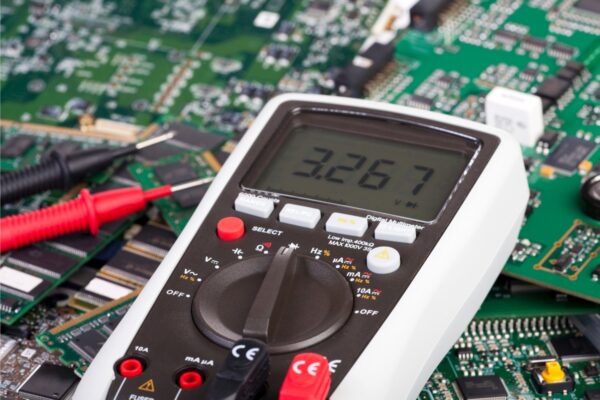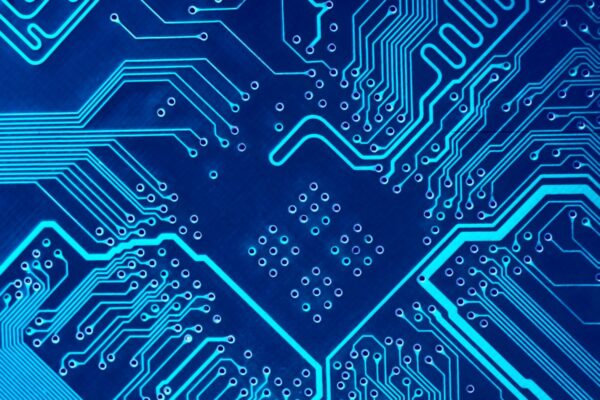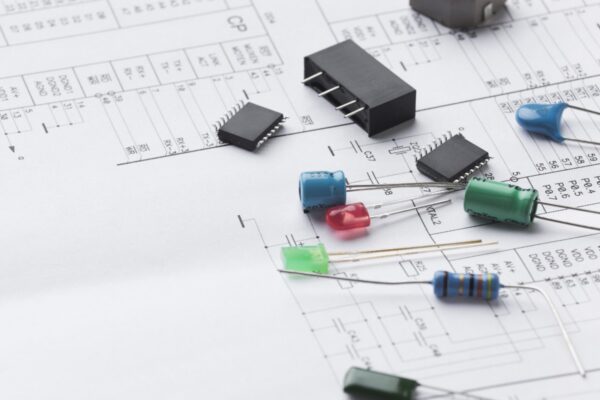What is Impedance
Impedance is the total opposition an electric circuit exhibits when alternating current is applied. It is a combination of the capacitance and inductance of the circuit at high frequency. Unlike resistance, which is a characteristic of direct current, impedance is an AC characteristic that is related to frequency.
Resistance is the inherent opposition to current flow in all materials, while reactance is the opposition to current flow resulting from the effect of capacitance and inductance in a circuit. In high-speed AC circuits, where there are sharp voltage and/or current changes, the reactance and thus, the impedance can become very significant.
Impedance plays a crucial role in the design and performance of PCBs, particularly in high-frequency applications. It affects the transmission and quality of signals within a circuit. Changes in impedance along the signal’s path from transmitter to receiver can have significant effects on both power transfer efficiency and signal integrity.
To ensure optimal signal transmission, minimizing signal loss, and preventing electromagnetic interference (EMI), PCB designers need to control and maintain the desired impedance carefully. This involves techniques such as controlled impedance routing, impedance matching, and termination techniques.





